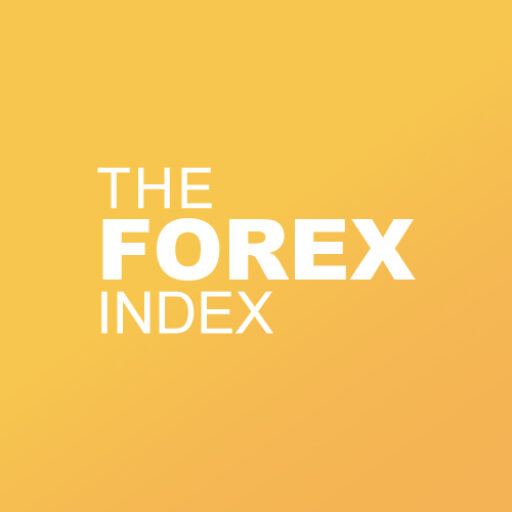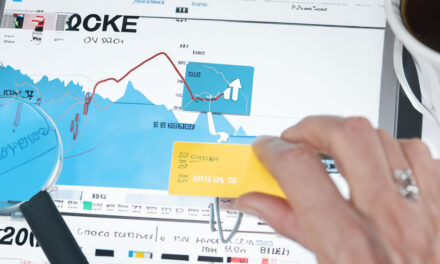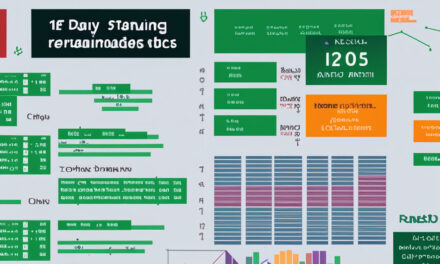Forex arbitrage is a trading strategy that seeks to take advantage of price discrepancies in the foreign exchange market. By simultaneously buying and selling currencies in different markets, forex traders can profit from variations in exchange rates. In this article, we will explore the different types of forex arbitrage strategies and discuss how they can be used to maximize profits.
What is Forex Arbitrage and How Can It Be Used?
Forex arbitrage is a trading strategy that aims to exploit pricing discrepancies across different forex markets. It involves buying a currency at a lower price in one market and selling it at a higher price in another market. The profit is made from the difference in exchange rates and any transaction costs incurred.
Forex arbitrage can be used by both individual traders and institutional investors. It requires quick decision-making and execution, as price discrepancies are often short-lived. Traders use sophisticated algorithms and high-speed internet connections to identify and take advantage of these opportunities.
Let’s dive deeper into the concept of forex arbitrage and explore how it can be effectively used in the financial markets.
When engaging in forex arbitrage, traders carefully monitor multiple currency pairs across various markets. They analyze the exchange rates and identify instances where there is a significant difference in prices. These price discrepancies can occur due to various factors, such as differences in market liquidity, time zone differences, or temporary imbalances in supply and demand.
Once a potential arbitrage opportunity is identified, traders must act swiftly. They execute trades in a matter of seconds or even milliseconds to capitalize on the price difference before it disappears. This requires not only a deep understanding of the forex market but also advanced trading technology and infrastructure.
Individual traders often rely on automated trading systems or trading robots to execute forex arbitrage strategies. These systems are programmed to monitor multiple markets simultaneously, analyze price data in real-time, and execute trades automatically when profitable opportunities arise. This automation allows traders to take advantage of arbitrage opportunities even when they are not actively monitoring the markets.
Institutional investors, such as hedge funds or large financial institutions, also employ forex arbitrage strategies. They have dedicated teams of traders and analysts who constantly monitor the markets and identify potential arbitrage opportunities. These institutions often have access to advanced trading platforms and direct market access, which enables them to execute trades with minimal latency.
Forex arbitrage is not without risks. Market conditions can change rapidly, and price discrepancies can vanish before a trade is executed. Additionally, transaction costs, such as spreads and commissions, can eat into the potential profits of an arbitrage trade. Traders must carefully consider these factors and develop robust risk management strategies to mitigate potential losses.
Furthermore, regulatory authorities closely monitor forex markets and may impose restrictions on certain types of arbitrage strategies. Traders must ensure that their activities comply with relevant regulations to avoid legal issues and potential penalties.
In conclusion, forex arbitrage is a trading strategy that exploits pricing discrepancies across different forex markets. It requires quick decision-making, advanced trading technology, and careful risk management. Both individual traders and institutional investors can use forex arbitrage to potentially generate profits. However, it is important to note that forex arbitrage is not risk-free and traders must stay vigilant to changing market conditions and regulatory requirements.
Exploring Different Types of Forex Arbitrage Strategies
There are several types of forex arbitrage strategies that traders can employ to capitalize on market inefficiencies. These include:
- Two-Point Arbitrage: This strategy involves taking advantage of price discrepancies between two forex markets.
- Triangular Arbitrage: In this strategy, traders exploit price differences among three different currencies.
- Statistical Arbitrage: This strategy uses complex statistical models to identify and exploit pricing discrepancies.
Each type of arbitrage strategy has its own nuances and requires a deep understanding of market dynamics. Traders must carefully analyze market conditions and develop robust risk management strategies to ensure they can navigate potential pitfalls.
Identifying and Exploiting Market Inefficiencies with Forex Arbitrage
Forex arbitrage relies on identifying market inefficiencies, which can arise due to several factors. These can include delays in information dissemination, differences in liquidity, and regulatory restrictions. Traders need to actively monitor multiple markets and be quick to identify and capitalize on these inefficiencies.
One common approach to identifying market inefficiencies is through the use of trading algorithms. These algorithms track price movements and patterns in real-time, allowing traders to pinpoint potential arbitrage opportunities. By leveraging technology, traders can stay ahead of the curve and maximize their profitability.
Understanding the Risks and Benefits of Forex Arbitrage
Like any trading strategy, forex arbitrage comes with its own set of risks and benefits. On the one hand, arbitrage offers the potential for quick and substantial profits. By taking advantage of price discrepancies, traders can generate significant returns in a short period.
However, it is essential to acknowledge the risks associated with forex arbitrage. Market conditions can change rapidly, and price discrepancies may vanish before a trade can be executed. Additionally, transaction costs and regulatory constraints can eat into profits. Traders must carefully assess the potential risks and rewards before implementing an arbitrage strategy.
Utilizing Forex Arbitrage to Maximize Profits
Forex arbitrage can be a powerful tool for maximizing profits, but it requires careful planning and execution. Traders must consider several factors, including market liquidity, transaction costs, and regulatory requirements.
To maximize profits, traders can employ various techniques. These include:
- Arbitrage latency: By reducing the time it takes to execute a trade, traders can increase the likelihood of capturing price discrepancies.
- Automated trading: Using automated trading systems can help execute trades quickly and efficiently, reducing the risk of missing out on profitable opportunities.
- Continuous monitoring: Since price discrepancies can be short-lived, traders must continuously monitor the markets to identify and capitalize on opportunities.
By implementing these strategies, traders can enhance their chances of success and maximize their arbitrage profits.
Setting Up Appropriate Forex Arbitrage Strategies
Setting up an appropriate forex arbitrage strategy requires careful planning and consideration of various factors. Traders must select the right markets, currencies, and trading platforms to execute their trades successfully.
Additionally, risk management is crucial to long-term success. Traders need to establish appropriate position sizing, leverage, and stop-loss levels to mitigate potential losses. A disciplined approach to risk management can help ensure that forex arbitrage remains a profitable venture.
Determining the Best Time to Implement Forex Arbitrage Strategies
The timing of implementing forex arbitrage strategies is crucial to success. Traders need to consider market volatility, liquidity, and news releases that could impact exchange rates.
Many traders find that the best opportunities for arbitrage arise during periods of high market volatility. This is when price discrepancies are more likely to occur due to rapid and erratic price movements. By carefully analyzing market conditions, traders can identify the optimal times to implement their arbitrage strategies.
Applying Automated Forex Arbitrage Strategies
With advancements in technology, automated forex arbitrage strategies have become increasingly popular. These strategies utilize computer algorithms to identify and execute arbitrage trades within milliseconds.
Automated trading offers several advantages, including speed, accuracy, and the ability to process large volumes of data. Traders can rely on sophisticated algorithms to identify, analyze, and execute arbitrage opportunities, freeing them up to focus on other aspects of their trading strategies.
Navigating the Complexities of Forex Arbitrage
Forex arbitrage can be a complex endeavor, requiring a deep understanding of market dynamics and trading strategies. Traders must continually educate themselves and stay updated on the latest developments in the forex market.
Additionally, traders need to be aware of the legal and regulatory frameworks governing forex arbitrage in their chosen markets. Compliance with these regulations is essential for maintaining a sustainable and legal trading operation.
Creating a Sustainable Forex Arbitrage System
To create a sustainable forex arbitrage system, traders must combine the right mix of technology, risk management, and market analysis. By leveraging cutting-edge trading platforms and algorithms, traders can gain a competitive edge.
Furthermore, risk management is crucial for long-term success. Traders must establish appropriate risk-reward ratios, position sizing, and stop-loss levels. Diversification across different currency pairs and markets can also help mitigate risk and increase profitability.
Final Thoughts
Forex arbitrage is a trading strategy that offers the potential for significant profits by capitalizing on pricing discrepancies. However, it is not without risks, and traders must carefully evaluate the market conditions and implement appropriate risk management strategies.
By staying informed, leveraging technology, and adopting a disciplined approach to trading, forex arbitrage can become a profitable venture for savvy traders. It requires continuous learning, adaptability, and a solid understanding of market dynamics. With the right tools and strategies, traders can navigate the complexities of forex arbitrage and create a sustainable trading system.






